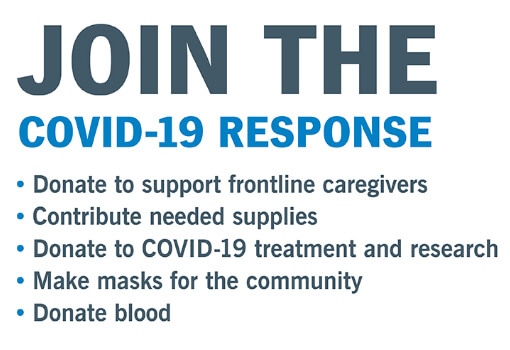- Serving Our NJ Neighbors 24/7 (888) 333-2422
Must Do Furnace Inspection Checklist
You must have your furnace inspected or inspect it at least once a year. The inspection needs to be done before the onset of cold weather so that you do not experience the aggravation, added cost, and discomfort of being without heat in the cold and calling for emergency repairs that could have been prevented.
Gas Furnace Protection Checklist
Start by looking at the exterior of the furnace including the housing and furnace body. Look for rust, corrosion, and physical damage. Exterior damage can indicate the potential of internal damage and prompt attention can prevent more serious and costly issues.
Use a gas detector to inspect all of the gas lines and gas connections that you can possibly find. The intention here is to find gas leaks before you crank up the furnace and prevent a potentially catastrophic fire. Make repairs or replace connections as needed.
Inspect the flue pipe. You are looking for proper ventilation and damage. The fallback mechanism should be present to capture moisture. There should be no external or internal leaks.
Remove the front panel and give all the internal workings a look. You are looking for large spots of corrosion caused by the water in the gas. High levels of corrosion indicate leaks and may require replacement parts.
Clean the burners thoroughly. This increases the efficiency of the furnace
Check all wiring for breaks, broken or split insulation, loose connections, and any sign of damage. Replacement is safer than repair. Check the gauge of the wire.
Clean the blades of the blower motor thoroughly. Dusty blower motor blades produce increased rates of blower motor wear and a speed imbalance in the variable speeds of the motor.
Read the manufacturer’s instructions first and lubricate all points on the motor as directed. Pay particular attention to the type and grade of lubricant recommended.
Check belts for tension and adjust as necessary. Check all pulleys for damage and replace if needed. The pulleys may need position adjustment to increase belt tension.
Check all operating switches and the fan switches for proper function and proper connections before starting the furnace.
Check the carbon monoxide levels. Carbon Monoxide is an odorless gas that can be produced by incomplete gas burning. This gas can kill.
Use a carbon monoxide meter to check the levels through a small a hole that you drilled in the ventilation duct. The level has to be zero. The presence of carbon monoxide indicates that the heat exchanger needs to be replaced.
Use the carbon monoxide meter to measure CO levels in the flue pipe. The acceptable range is 20 to 50 parts per million.
Check the operating temperatures with a thermometer or thermocouple. Check the amount of amperage that is drawn when the furnace is running normally and record it for future reference.
Change the filter
Taking the time to do a complete furnace inspection at least once in two years and preferably once a year saves you money, keeps your home warm, and can prevent serious damage to your home and loved ones.





